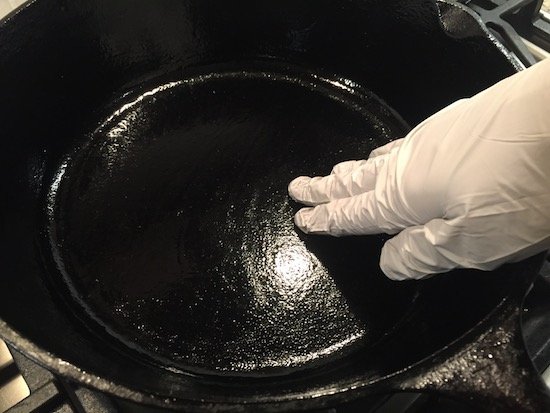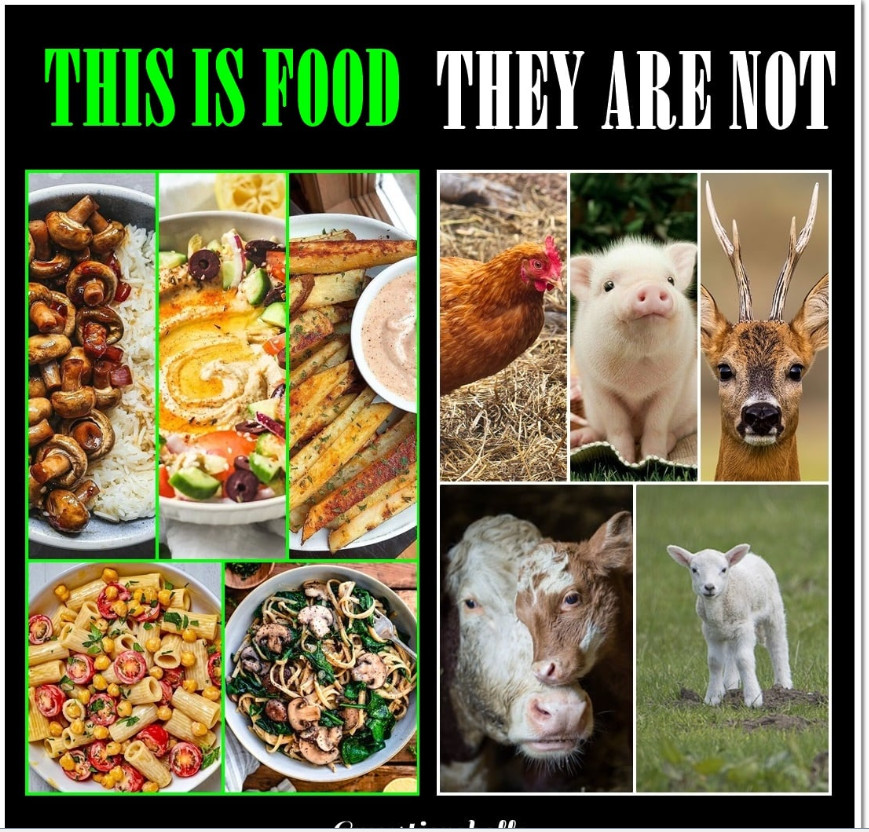Cooking with leftover fat in a cast iron skillet can be a great way to add flavor to your dishes and reduce waste. The fat left over from cooking meat or vegetables in a cast iron skillet can be reused in a variety of ways, from frying eggs to sautéing vegetables. Here are some tips for cooking with leftover fat in your cast iron skillet:
Strain the Fat: Before reusing the fat, strain it through a fine-mesh strainer to remove any bits of food that may have been left behind. This will help prevent the fat from burning and creating a bitter taste.
Store the Fat: Store the strained fat in an airtight container in the refrigerator until you're ready to use it. The fat will keep for up to a week in the fridge, or up to six months in the freezer.
Reheat the Fat: When you're ready to use the fat, heat the cast iron skillet over medium-high heat and add the fat. Wait until the fat is hot and shimmering before adding any food.
Choose the Right Foods: Not all foods are suited for cooking in leftover fat. Stick to foods that are similar in flavor to the original dish, or that will complement the flavor of the fat. For example, if you cooked bacon in your cast iron skillet, the leftover fat would be great for frying potatoes or eggs.
Don't Overuse the Fat: While leftover fat can add flavor to your dishes, it's important not to overuse it. Too much fat can make your food greasy and heavy. Use the fat sparingly, and don't be afraid to add other oils or fats to the pan as needed.
In addition to adding flavor to your dishes, cooking with leftover fat in your cast iron skillet can also reduce waste and save you money. Rather than discarding the fat after cooking, use it to enhance the flavor of your next dish. With a little bit of planning and some creativity, you can turn leftover fat into a valuable ingredient in your cooking arsenal.








